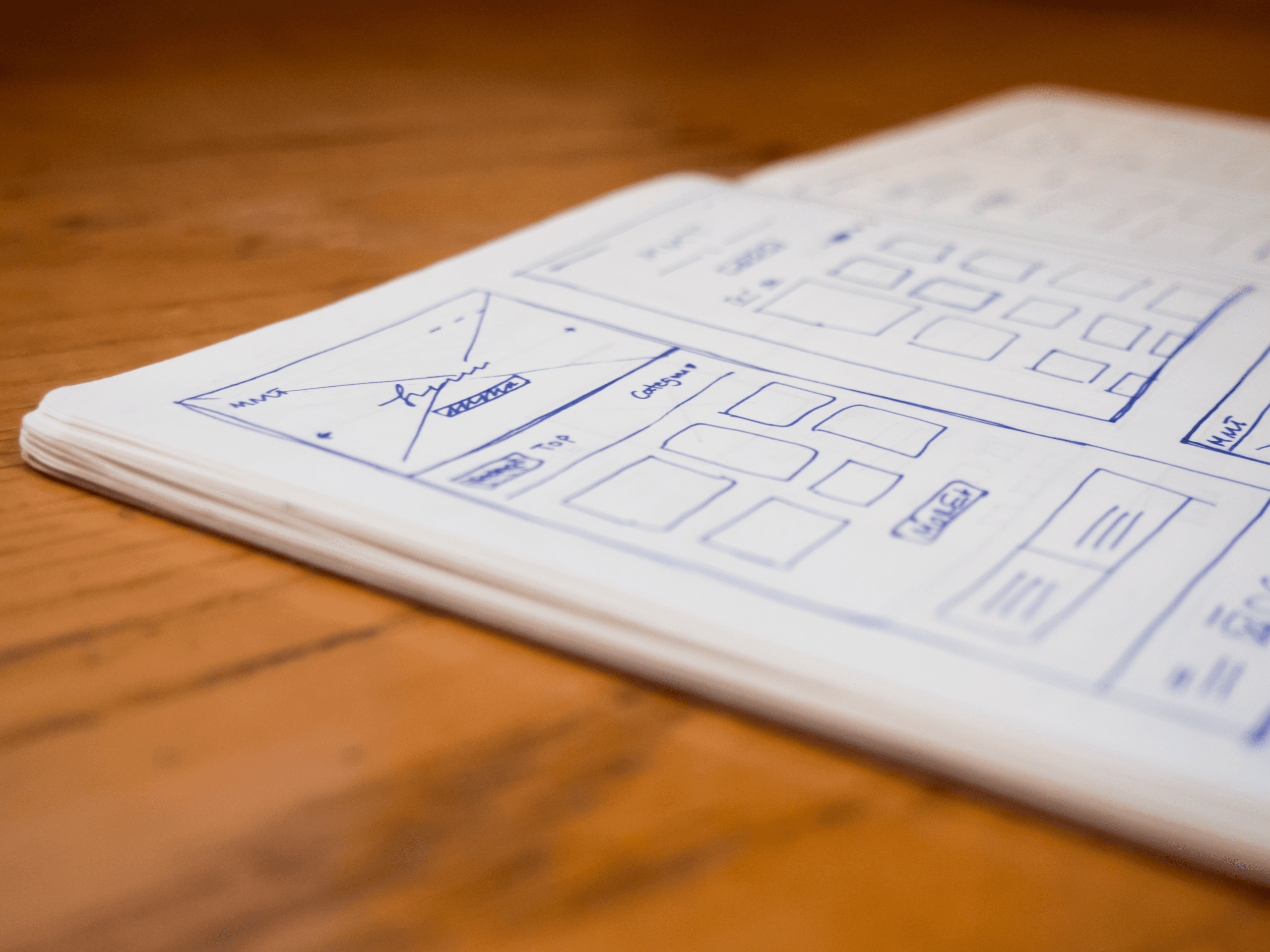
Your website is more than just a digital storefront; it’s a business tool. In 2025, simply having a ‘good-looking’ site won’t cut it—your web design needs to be user-focused, performance-driven, and built to convert. If your website isn’t designed with the end user in mind, you’re leaving money on the table.
A great website is no longer about flashy animations and trendy colours. It’s about crafting an experience that guides visitors seamlessly to their desired outcome—whether that’s making a purchase, booking a consultation, or subscribing to a service. User-centric web design isn’t just a luxury; it’s a necessity for business growth.
Why UX Matters More Than Ever
Today’s consumers demand seamless digital experiences. Research shows that 88% of users won’t return to a website after a bad experience, and a 1-second delay in page load time can cause a 7% drop in conversions. This means that even minor usability issues can cost businesses significant revenue.
User-centric web design prioritises:
- Speed: Faster sites = lower bounce rates.
- Navigation: Users should find what they need in three clicks or less.
- Accessibility: Websites should be easy to use for everyone, including people with disabilities.
- Mobile Optimisation: Over 60% of web traffic comes from mobile—if your site isn’t mobile-friendly, you’re losing potential customers.
- Engagement: The longer users stay engaged, the more likely they are to convert.
Key Features of User-Centric Web Design
Minimalist Navigation
Users don’t want to hunt for information. Keep navigation simple and intuitive. Use clear menu labels and a logical structure to help visitors find what they need quickly.
Interactive Design Elements
Engaging visuals, subtle animations, and micro-interactions enhance user experience and encourage exploration. But keep them functional—design elements should serve a purpose, not just look pretty.
Clear Calls to Action (CTAs)
Every page should have a goal—whether it’s encouraging users to sign up, buy, or contact you. Make CTAs clear, compelling, and easy to find. Avoid vague wording like Click Here—instead, use action-oriented phrases like Get Your Free Quote or Start Your Trial Today.
High-Performance Hosting and Fast Load Times
A slow website will kill conversions. Optimise images, minimise code bloat, and invest in high-performance hosting. Google also rewards fast websites with better rankings, making speed a critical factor for both SEO and user experience.
Consistent Branding and Design
Users should immediately recognise your brand when they land on your site. A cohesive colour scheme, typography, and brand voice build trust and credibility.
SEO-Driven Content
Websites must be optimised for search engines while delivering value to users. Integrate relevant keywords naturally, structure content with headings, and provide high-quality, informative content that answers users’ questions.
How User-Centric Design Impacts Business Growth
A well-designed website doesn’t just look good—it drives business success. Here’s how:
Higher Engagement = More Conversions
Engaged users spend more time on your site, explore more pages, and are more likely to complete desired actions. A well-structured site with intuitive navigation, fast load times, and engaging content keeps users hooked.
Improved SEO Performance
Google prioritises websites with excellent UX, meaning that a user-friendly site will rank higher in search results. This leads to more organic traffic, lower bounce rates, and increased visibility.
Increased Conversions and Revenue
When users can easily navigate a site, find information quickly, and complete actions effortlessly, conversion rates skyrocket. Businesses that invest in UX improvements have seen conversion rates increase by up to 400%.
Enhanced Brand Trust and Loyalty
A seamless, enjoyable website experience builds trust. Users are more likely to return to a brand they trust and recommend it to others. In the long run, this leads to repeat business and higher lifetime value per customer.
The Future of User-Centric Web Design
The digital landscape is constantly evolving. To stay ahead, businesses must embrace emerging web technologies, AI-driven personalisation, and evolving SEO trends. Features like voice search optimisation, adaptive design, and AI-powered chatbots will become even more crucial in creating a seamless user experience.
To Summerise how User-Centric Web DesignDrive Business Growth in 2025
A user-first approach isn’t optional—it’s essential. If your website isn’t delivering a seamless experience, it’s time for a refresh. Investing in UX-focused design will ensure your business stands out and thrives in 2025.
Ready to build a high-performing, user-centric website? Contact us today and let’s make your website work for you.
